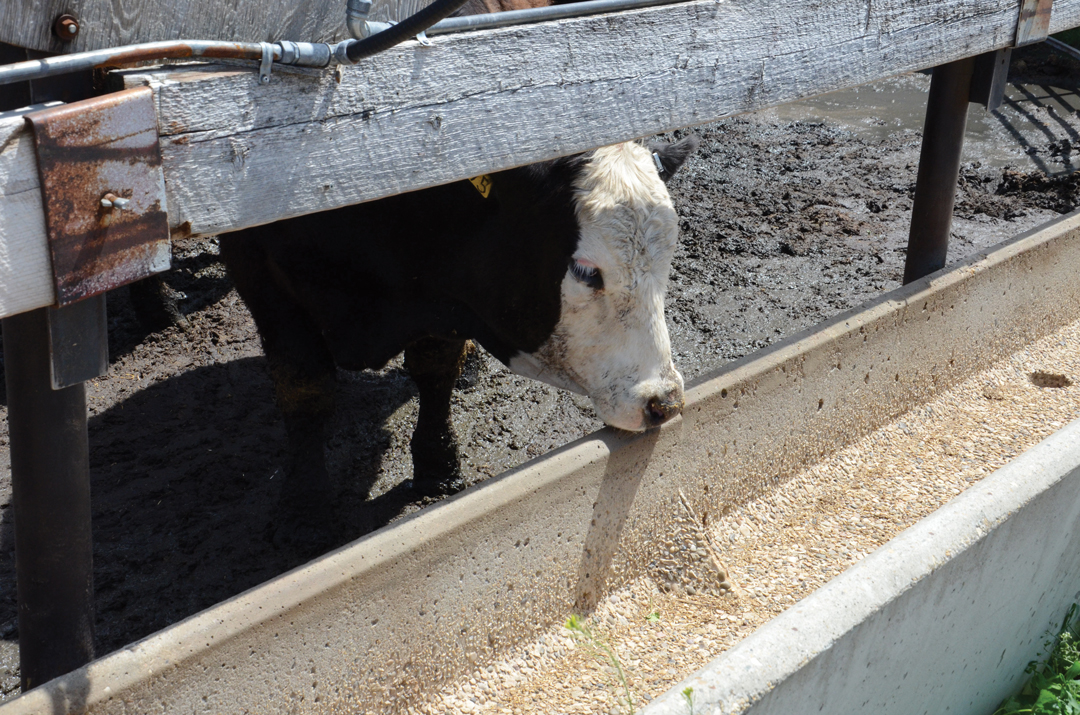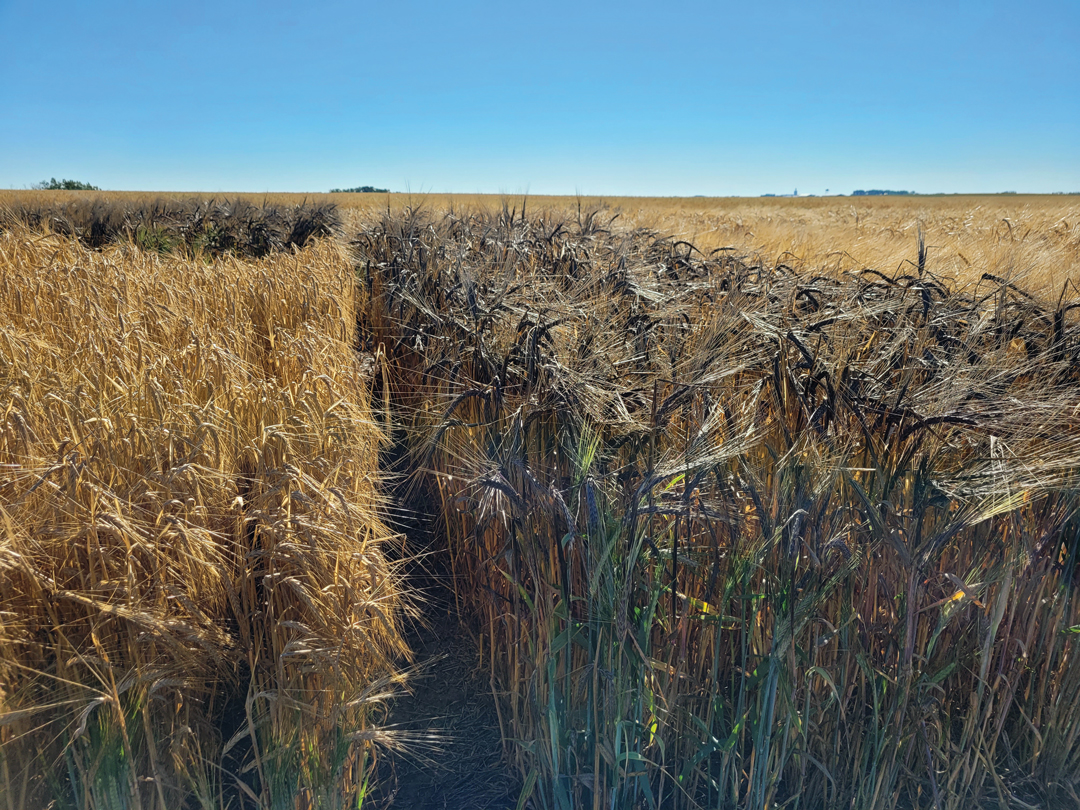OFF-GRADE OPPORTUNITIES
BY JONATHON DRIEDGER
Farmers plan for the growing season with an eye towards being as profitable as possible. There are multiple variables that play into this, many of which the farmer has little or no control over. One of these is the quality of the harvested crop. Unless one is specifically growing a feed variety of barley, or a class of wheat intended for the livestock or ethanol market, a crop that grades as feed can be an unwelcome surprise. There is nothing that can magically improve the quality of a harvested crop, but one can reduce the amount of “price damage” by effectively marketing the grain.
Marketing feed-quality grain typically requires more work. Unlike the global nature of the milling wheat market, with large volumes moving through the elevators and terminals, feed grain markets are more localized and fractured. Particularly, when one is not located close to the heart of feed grain consumption, such as southern Alberta. In addition, if weather conditions have turned your crop into feed, it likely has impacted other farmers in your area, creating a local glut. In these circumstances, what can be done?
First, understand what specifically is causing your sample to grade as feed. North American end-users are increasingly buying grain on specific attributes, rather than on the standardized Canadian Grain Commission grading specifications. That your specific sample was graded as feed may be due to something irrelevant to other buyers, which in turn may result in an outlet that is willing to offer a higher price. This does require you to take representative samples and have them submitted to a reputable third-party agency, ideally by each individual bin. It’s also important to get these samples early, so you have the results on hand. It’s possible that a non-feed opportunity is only for limited volumes—if you wait to submit your samples, there is a good chance that the buyer has filled their needs.
If your grain is unequivocally feed quality, then look outside the normal buyers you ordinarily talk with. There may be exceptions and it’s worth talking to the local elevator manager to see if there are any offshore feed grain programs being run. Canada is not always a big player in the offshore feed export market but there are markets such as South Korea that buy in volume. Leave no stone unturned to get a better potential opportunity.
Cash brokers can be of great benefit when marketing off-quality grain. They regularly deal with a wide range of end-users, many that you might not ordinarily have a relationship with or even think of reaching out to. Brokers will have a good understanding of what each buyer needs and how that matches up with your specific sample. They are also tuned in to the needs of end-users who may be caught a bit short and have a hole that needs filling—something that can be taken advantage of if farmers are able to be a bit nimble in their shipping.
Finally, brokers will also have a good sense about other unique aspects of each company, such as details around logistics, payment terms, credit worthiness and a host of other variables. Their fees are typically very modest compared to the additional value they can extract that might otherwise be difficult to achieve on your own.
Finally, grain marketing is most effective when working within the context of the portfolio of crops on the farm. One should always avoid selling grain when buyers are not actively looking for it. Selling lower grade grain will require a more opportunistic approach to get better value and will perhaps require patience. This means farmers may need to look to crops with more reliably consistent bids such as canola, peas or higher quality wheat to plan for ongoing cash needs, rather than counting on moving the lower quality grain within a specific window.
Jonathon Driedger is the vice-president of LeftField Commodity Research.







Comments